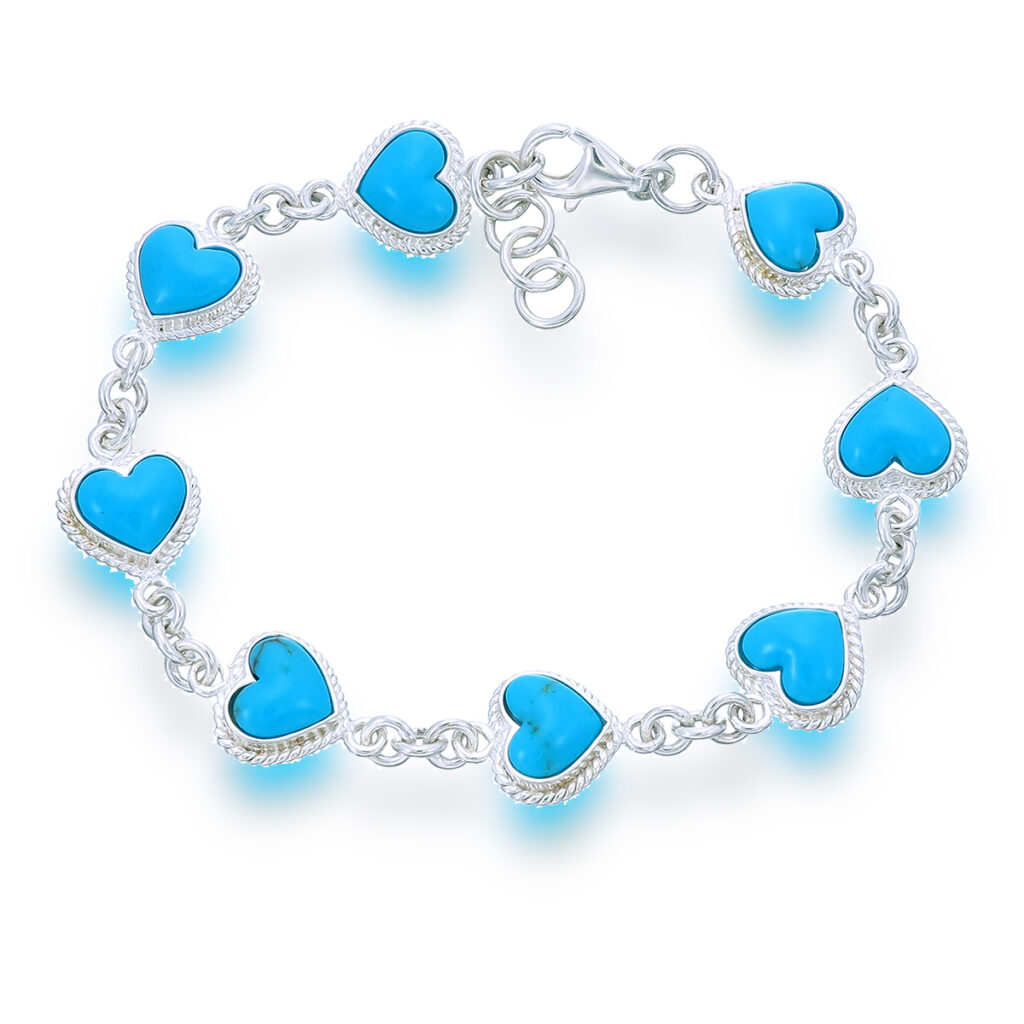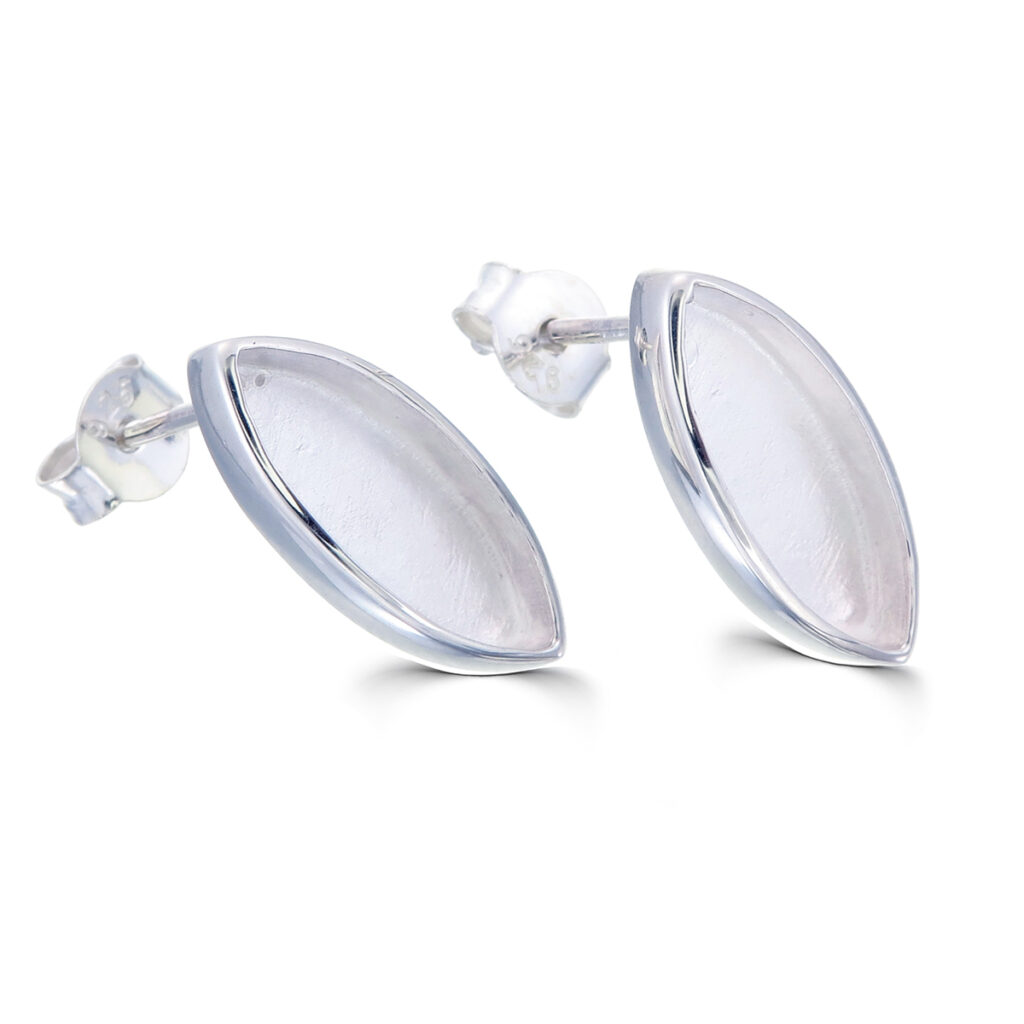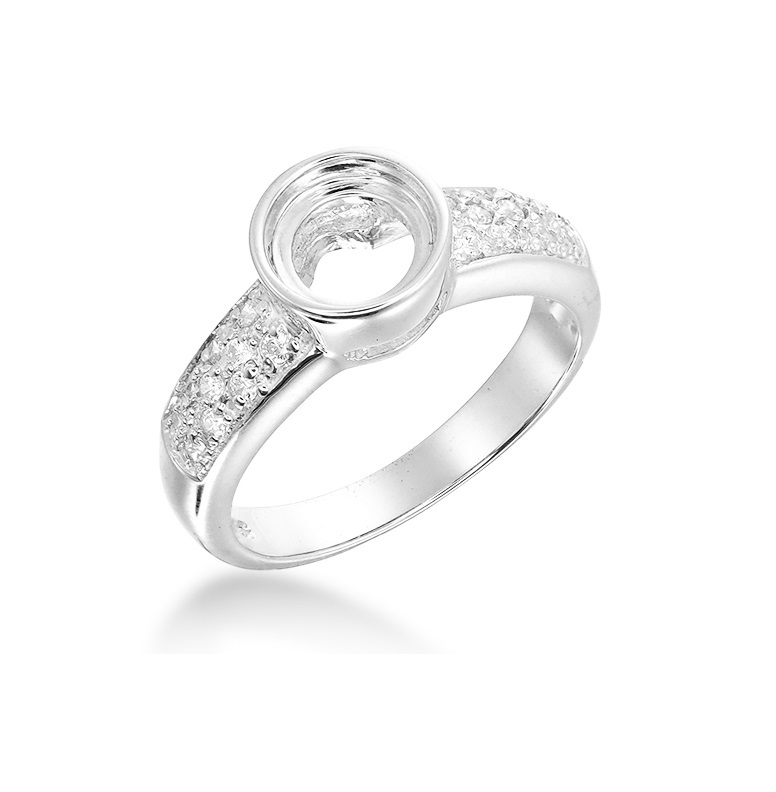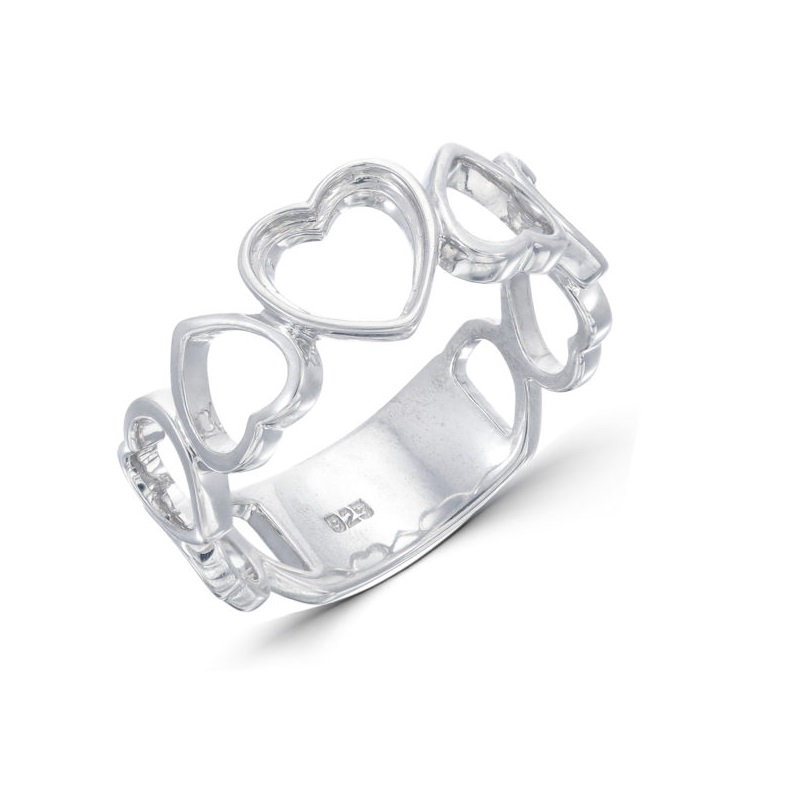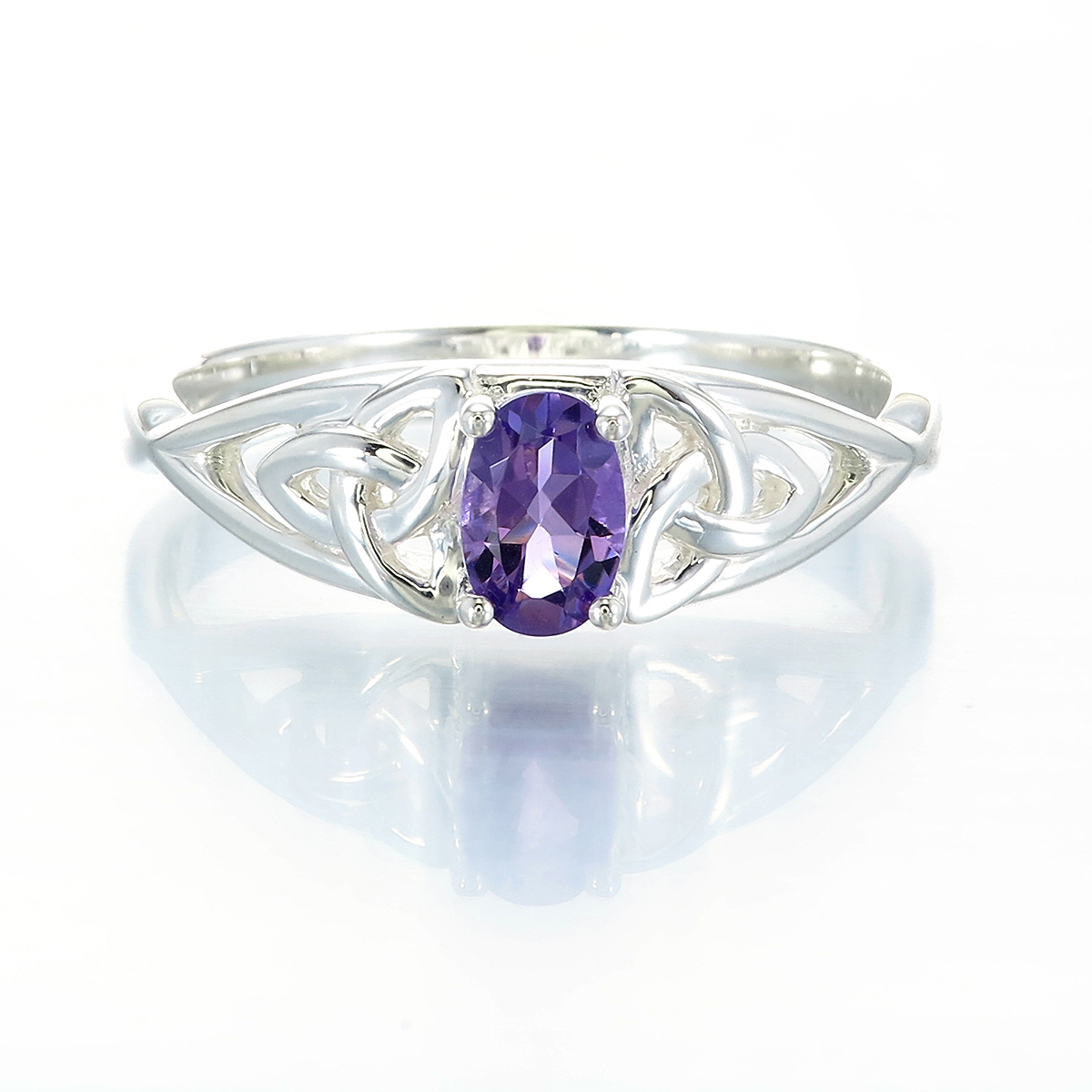Gemstone Knowledge
We sell many different kinds of Gemstones at very competitive prices as you can see when you browse the Gemstone section
– the more you buy the cheaper it gets!
We have done our best to represent the colour of the selected gemstone, and where there is a choice of grade,
AAA is the best quality which usually means that the stone has a stronger colour saturation .
COLOUR SATURATION
A = FAIR AA= MODERATE AAA= STRONG
In some types of stone for example Amethyst we have a lower grade than the above, which havent passed our quality control tests, these stones may be light/dark in colour,and have inclusions etc.
Please email us regarding these stones if interested stating your requirements and we will give you an idea of the price.
All of our Gemstones that we sell are genuine unless otherwise stated. If you would like any information or help when selecting your gemstones please get in contact with us and our in house Gemologists will be glad to help.
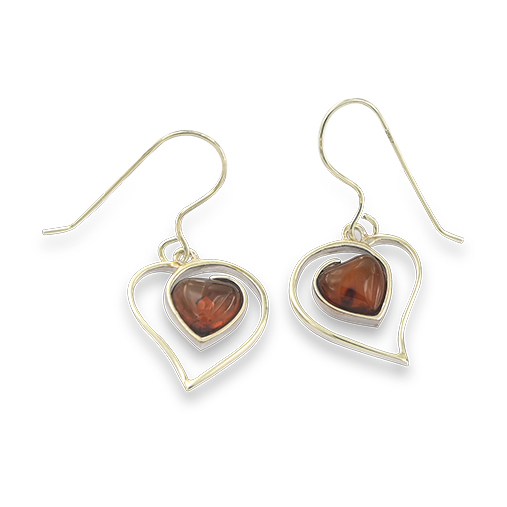
AMBER
CHEMISTRY: C10H160 + H2S
CRYSTALLOGRAPHY: Amorphous
REFRACTIVE INDEX: 1.540 (+.005 -.001)
HARDNESS: 2 – 2½
SPECIFIC GRAVITY: 1.05 to 1.096 (Air bubbles will lower SG.)
Amber is known for its inclusions. They consist of insects, pollen and plant debris from the time the tree was living. This offers a remarkable view into the past. In some of the finer specimens, whole termite colonies are trapped. Our amber originates from Poland where it is cut into the correct shape ready to be placed into our jewellery.
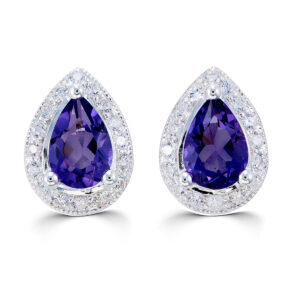
AMETHYST
CHEMISTRY: SiO2
CRYSTALLOGRAPHY: Trigonal
REFRACTIVE INDEX: 1.544 – 1.553
HARDNESS: 7
SPECIFIC GRAVITY: 2.651
Today’s major sources of Amethyst are Brazil, Bolivia and Uruguay in South America and Zambia in Africa. Brazilian stones can be found in huge sizes, but generally are moderate in color. They often suffer from color-banding, which sometimes is visible despite efforts of the cutter to minimize it. Many amethyst lovers prefer the usually smaller, but more richly colored stones coming from Zambia and, more recently, from Uruguay.
CITRINE
CHEMISTRY: SiO2
CRYSTALLOGRAPHY: Trigonal
REFRACTIVE INDEX: 1.544 – 1.553
HARDNESS: 7
SPECIFIC GRAVITY: 2.640-2.690
Named from the French word for lemon, “citron” Citrine comes in many different shades. Brazil and Zambia is the primary source of this gemstone. It is also used for gem carvings. Stable in light and not very sensitive to chemicals, this stone requires no special care and can be used for any jewellery application.
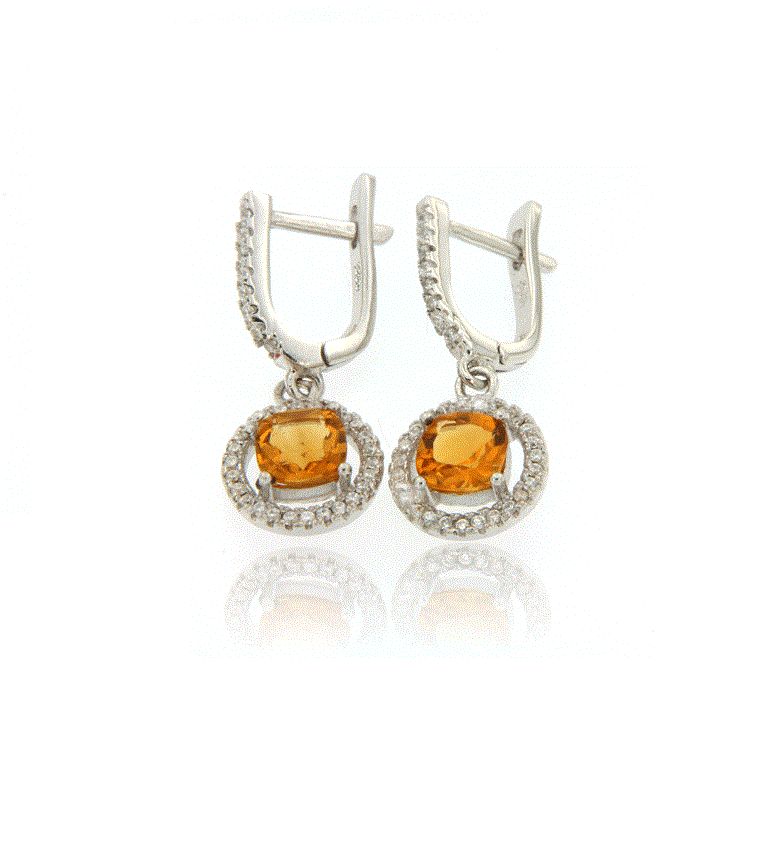
EMERALD
CHEMISTRY: Be3Al2Si6)O18 + Cr
CRYSTALLOGRAPHY: Hexagonal
REFRACTIVE INDEX: ~ 1.57 – 1.59, varies with source.
HARDNESS: 7.5 – 8
SPECIFIC GRAVITY: 2.68 – 2.78
Today, most of the world’s emeralds are mined in Colombia, Brazil and Zambia. Emeralds can be cut in a variety of different shapes, ranging from the traditional rectangular step-cut, known as the “emerald cut,” to rounds, ovals, squares and cabochons.
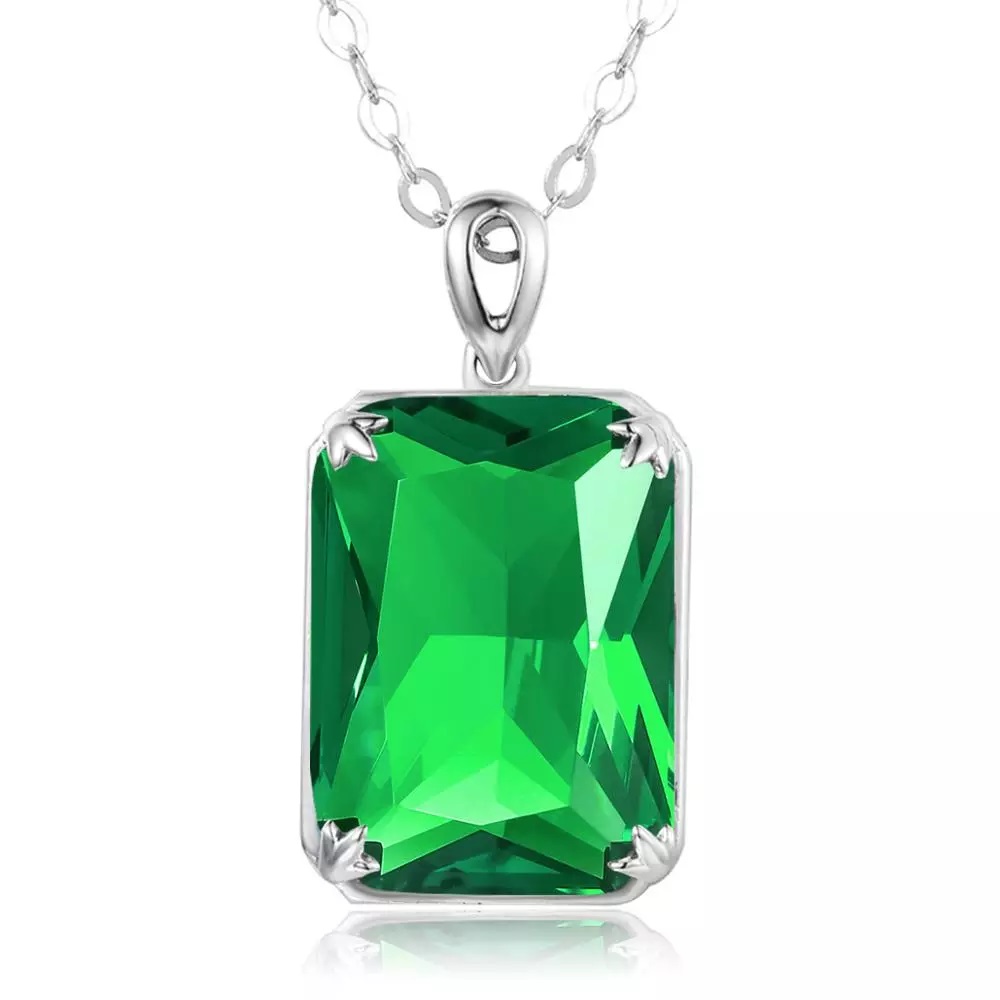
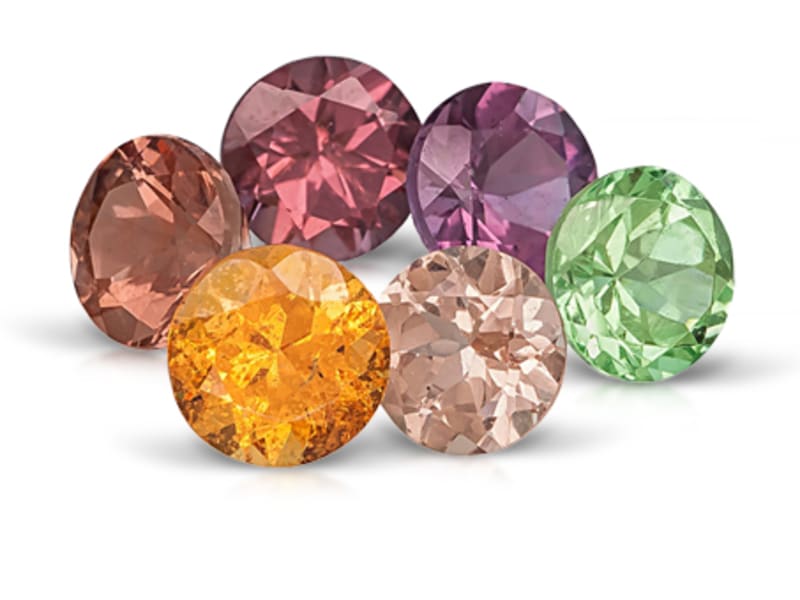
GARNET
CHEMISTRY: Fe3Al2(SO4)3
CRYSTALLOGRAPHY: Cubic
REFRACTIVE INDEX: ~ 1.78-1.82
HARDNESS: 7.0 – 7.5
SPECIFIC GRAVITY: 3.930-4.300
The versatile garnet comes in a virtual rainbow of colors, from the deep red Garnet to the vibrant greens of the Russian demantoid and African tsavorite. The oranges and browns of spessartite and hessonite come from Namibia and Sri Lanka along with the subtle pinks and purples.
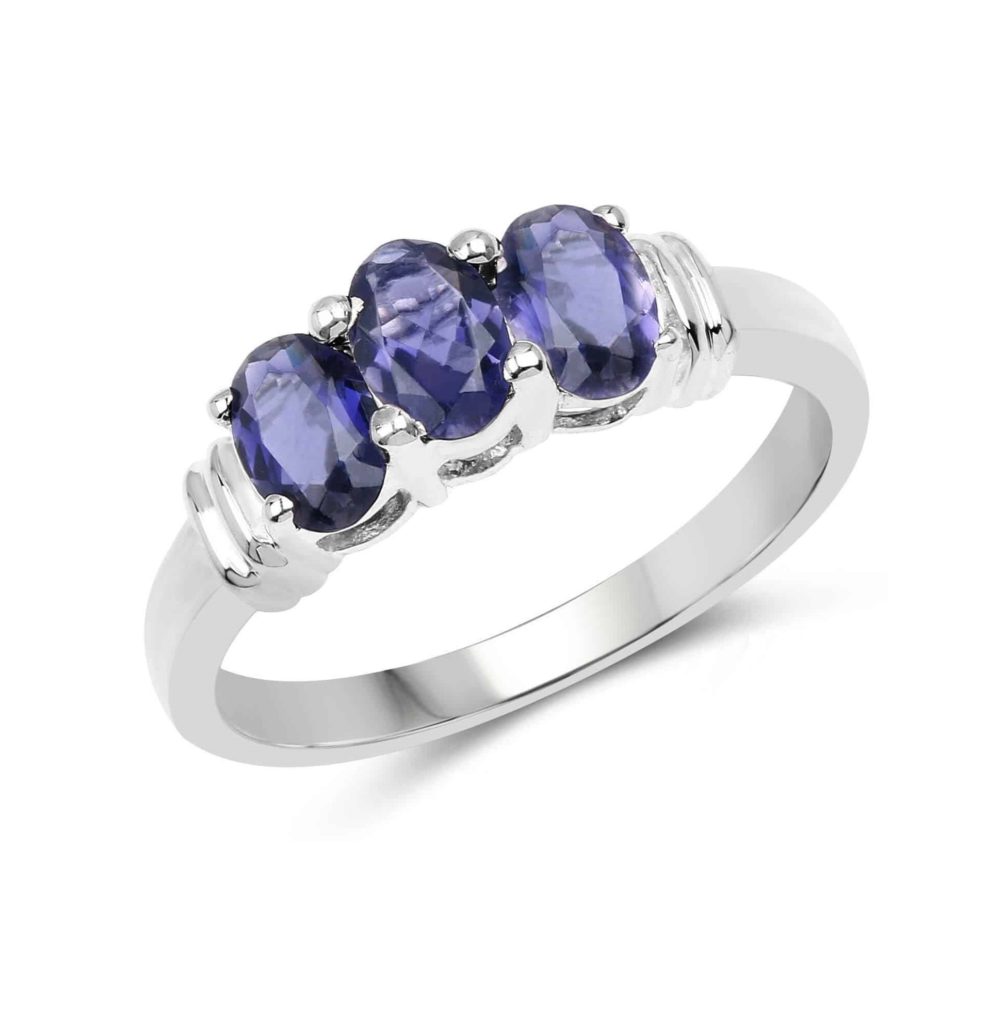
IOLITE
CHEMISTRY: (Mg,Fe)2Al4Si5O18
CRYSTALLOGRAPHY: Orthorhombic
REFRACTIVE INDEX: 1.522 – 1.578
HARDNESS: 7 – 7.5
SPECIFIC GRAVITY: 2.53 – 2.78
Iolite is mined in India, Sri Lanka, Africa and Brazil, can be obtained in sizes up to 4 to 5 carats reasonably easily, although much larger gems have been found. It is commonly cut into traditional shapes, and its most desirable color is a rich violet-blue.
LAPIS LAZULI
CHEMISTRY: (Na,Ca)8(Al,Si)12O24(S,SO4)
CRYSTALLOGRAPHY: Isometric
REFRACTIVE INDEX: 1.50 – 1.55
HARDNESS: 5 – 6 depending on impurities.
SPECIFIC GRAVITY: Pure, 2.38 – 3.00. Gem grade usually 2.7 – 2.9 but can be higher if much pyrite is present.
The colors of lapis range from a medium grayish blue, to intense royal blue, to deep indigo, with varying amounts of white and brassy gold from calcite and pyrite, respectively. Some purists desire a gem that is almost entirely lazurite, in a deep uniform blue, but most seek a piece with a moderate to generous sprinkling of golden pyrite.
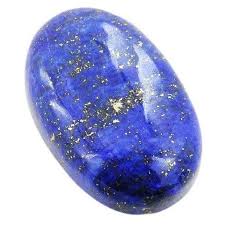
MALACHITE
CHEMISTRY: Cu2CO3(OH)2
CRYSTALLOGRAPHY: Monoclinic
REFRACTIVE INDEX: 1.85 (average)
HARDNESS: 4
SPECIFIC GRAVITY: 3.80
Malachite is usually found next to deposits of copper ore and has a high copper content, it is usually mined as a side business to copper mining. The majority of the world’s malachite rough comes from The Democratic Republic of Congo (formerly Zaire), Namibia, Russia and the American Southwest.
Due to its softness it is easy to shape and carve, but unlike many soft minerals, it generally takes a good polish.
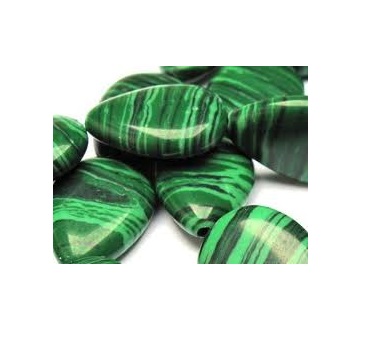
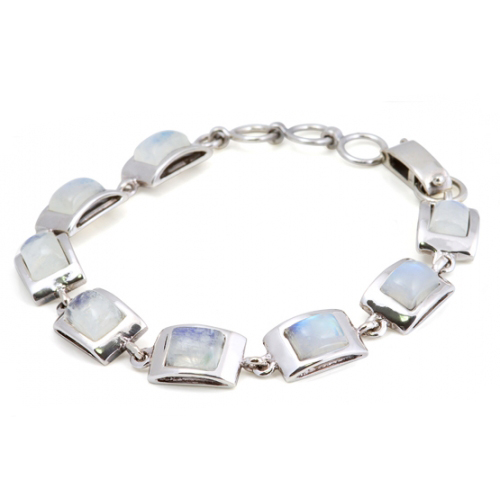
MOONSTONE
CHEMISTRY: KA1Si3O8
CRYSTALLOGRAPHY: Monoclinic
REFRACTIVE INDEX: 1.508 – 1.536
HARDNESS: 6 – 6.5
SPECIFIC GRAVITY: 2.55 – 2.61 – 3.35
Fine moonstone is quite rare and becoming rarer. It is mined in Sri Lanka and Southern India. The rainbow variety can be found in India and Madagascar. Moonstones are usually cut in a smooth-domed oval cabochon shape to maximize the effect. Sometimes they are carved to show a man-in-the-moon face.
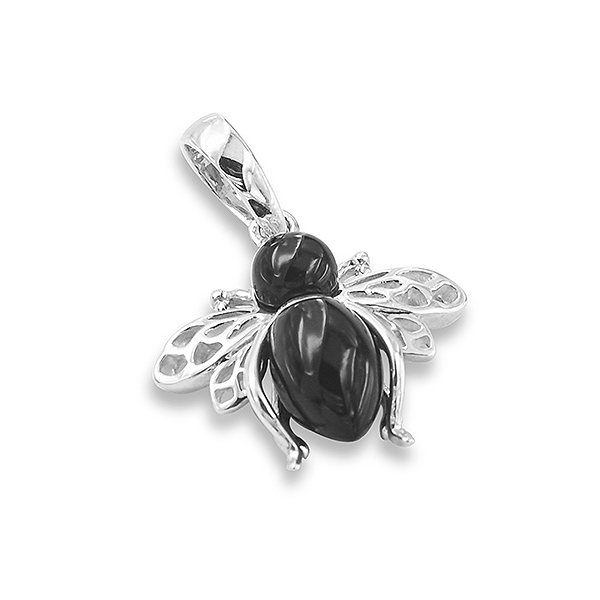
BLACK ONYX
CHEMISTRY: SiO2
CRYSTALLOGRAPHY: Hexagonal, microcrystalline.
REFRACTIVE INDEX: 1.544 – 1.553
HARDNESS: 7
SPECIFIC GRAVITY: 2.651
Durable and easy to care for, Onyx has a hardness of 7 and enviable toughness even when carved in intricate designs. The seal rings worn by ancient Romans are still in fine shape today. Clean with mild dish soap and let dry.
FRESHWATER PEARLS
CHEMISTRY: CaCO3
CRYSTALLOGRAPHY: N/A
REFRACTIVE INDEX: 1.530-1.685
HARDNESS: 2.5-4
SPECIFIC GRAVITY: 2.720-2.780
Today, cultured pearls are grown and harvested in many parts of the world including the fresh waters of the Tennessee River. The majority of cultured pearls come from Japan, China and the South Pacific.
Cultured pearls come in many beautiful colors including: gold, yellow, champagne, pink, peach, lavender, gray and black. Cultured pearls come in many shapes and sizes, and can be acquired in both graduated and uniform strands. June birthdays and third and thirtieth anniversaries are celebrated with the gift of pearls.
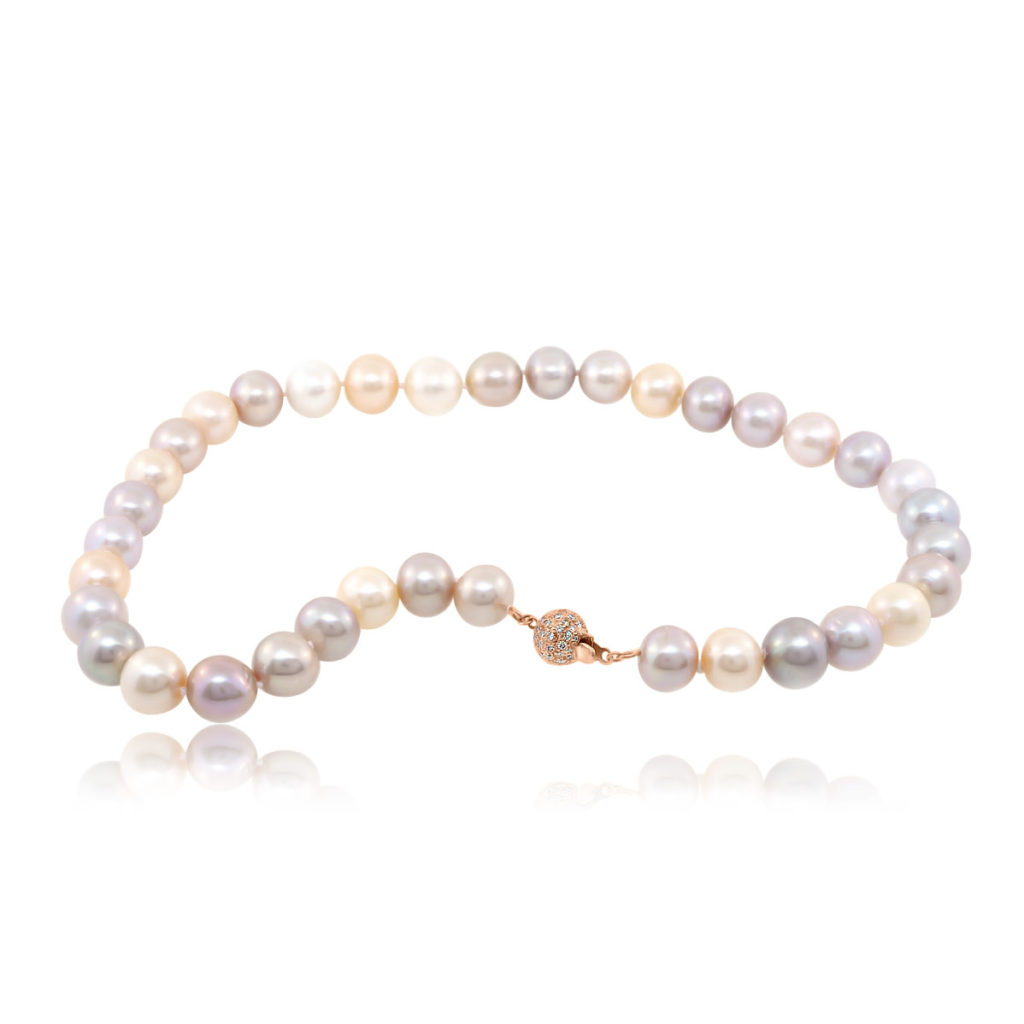
PERIDOT
CHEMISTRY: Mg2SiO4-Fe2SiO4
CRYSTALLOGRAPHY: Orthorhombic
REFRACTIVE INDEX: 1.635 – 1.673
HARDNESS: 7
SPECIFIC GRAVITY: 3.3 – 3.4
Peridot, the birthstone for August, is harder than metal but softer than many gemstones. Historically important sources in Egypt have been superseded by today’s main sources in Arizona and Pakistan. The high birefringence of this gemstone necessitates careful orientation in cutting to prevent “fuzziness” of reflections through the table. A distinctive, disk-like liquid and gas “lily pad” inclusion can often be seen under magnification.
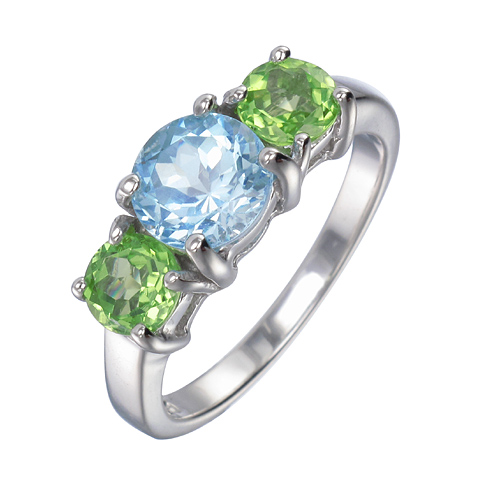
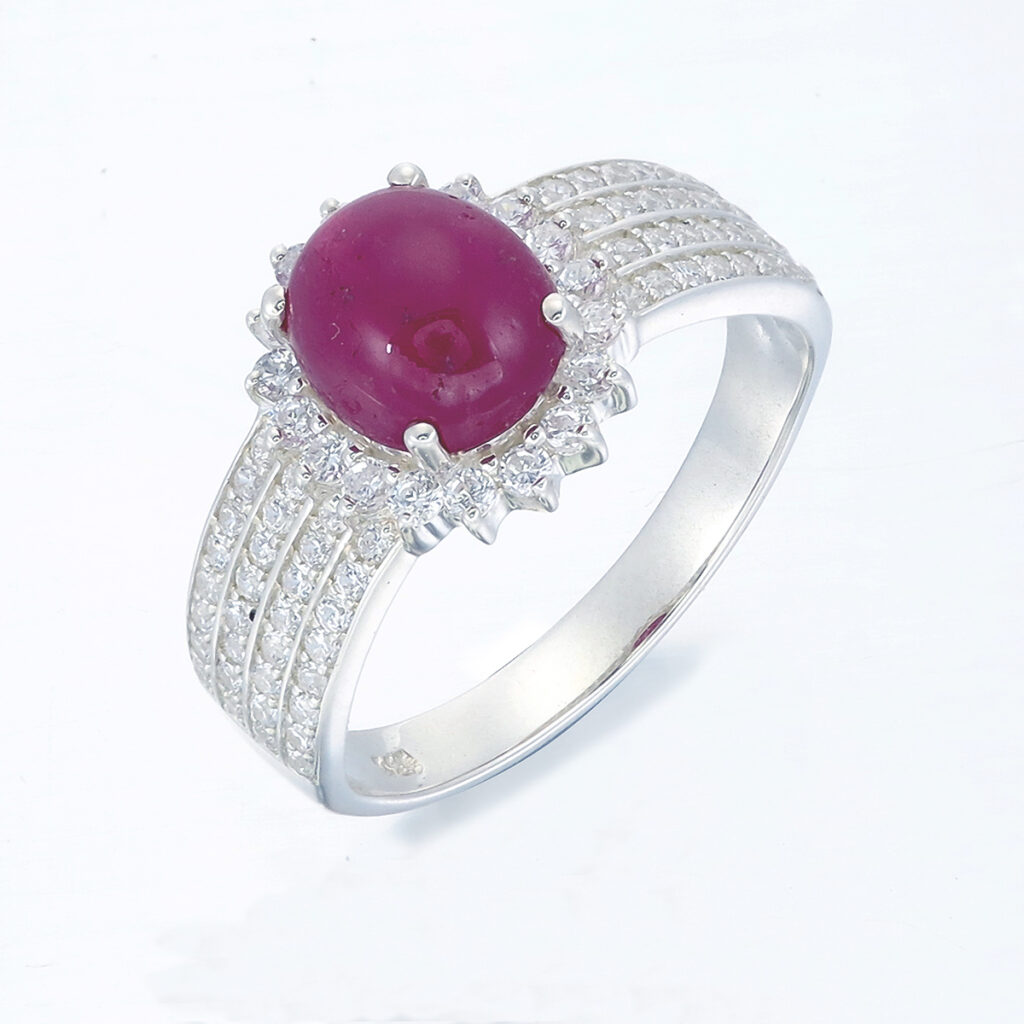
RUBY
CHEMISTRY: Al2O3
CRYSTALLOGRAPHY: Trigonal
REFRACTIVE INDEX: 1.757 – 1.779
HARDNESS: 9
SPECIFIC GRAVITY: 3.99 – 4.0
Ruby is red corundum, all other color varieties of corundum being referred to as sapphire. The ruby color range includes pinkish, purplish, orangey, and brownish red depending on the chromium and iron content of the stone. Ruby is readily available in sizes up to 2 carats, but larger sizes can be obtained. However, in its finest quality, any size ruby can be scarce.
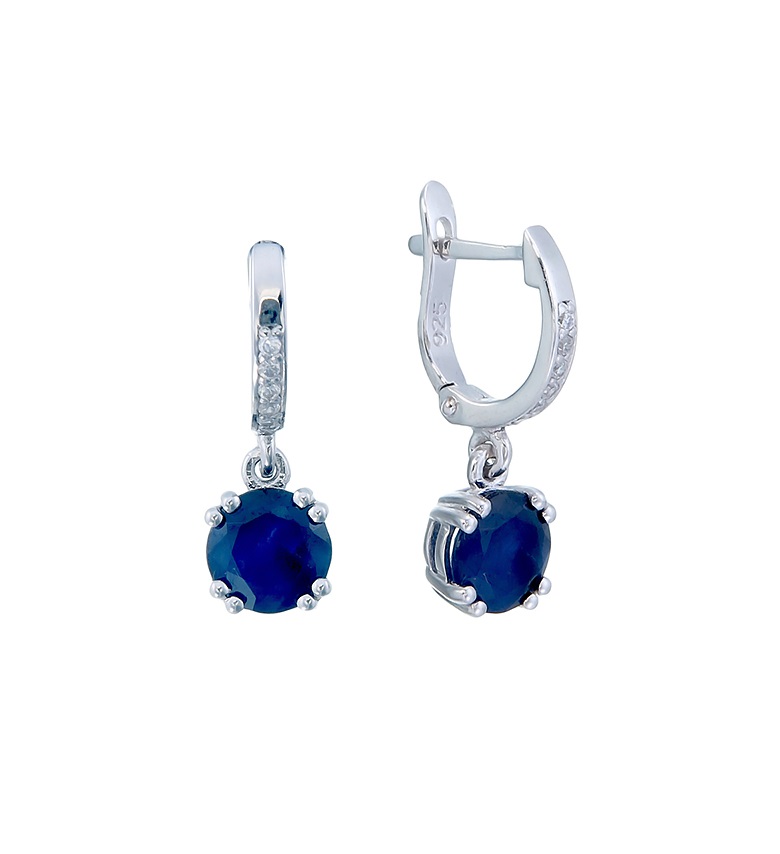
SAPPHIRE
CHEMISTRY: Al2O3
CRYSTALLOGRAPHY: Trigonal
REFRACTIVE INDEX: 1.762 – 1.770
HARDNESS: 9
SPECIFIC GRAVITY: 3.950-4.100 Range:0.1/-0.05 Typical: 4.000 3.99 – 4.0
One of Nature’s most durable gemstones, sapphire shares this quality with its sister, the ruby. Sapphire is found in many parts of the world, but the most prized sapphires are from Myanmar (Burma), Kashmir and Sri Lanka. The purer the blue of the sapphire, the greater the price the gemstone can command, however, many people find that the darker hues of sapphire can be just as appealing.
TANZANITE
CHEMISTRY: Ca2Al3(SiO4)3(OH)
CRYSTALLOGRAPHY: Orthorhombic
REFRACTIVE INDEX: 1.692 – 1.700
HARDNESS: 6 – 7
SPECIFIC GRAVITY: 3.35
Tanzanite is an exotic, vivid blue, kissed by purple hues. Legend has it that tanzanite was first discovered when some brown gemstone crystals lying on the dry earth were caught in a fire set by lightning that swept through the grass-covered hills. The Masai herders driving cattle in the area noticed the beautiful blue color and picked the crystals up, becoming the first tanzanite collectors.
Tanzanite has the beauty, rarity and durability to rival any gemstone. It is the ultimate prize of a gemstone safari. Usually stones are cut and polished prior to heating to about 700 degrees Fahrenheit, as abrasions, fractures and inclusions in the rough can cause cracking. This means that the cutter has to attempt to orient the stone for best color prior to the color change.
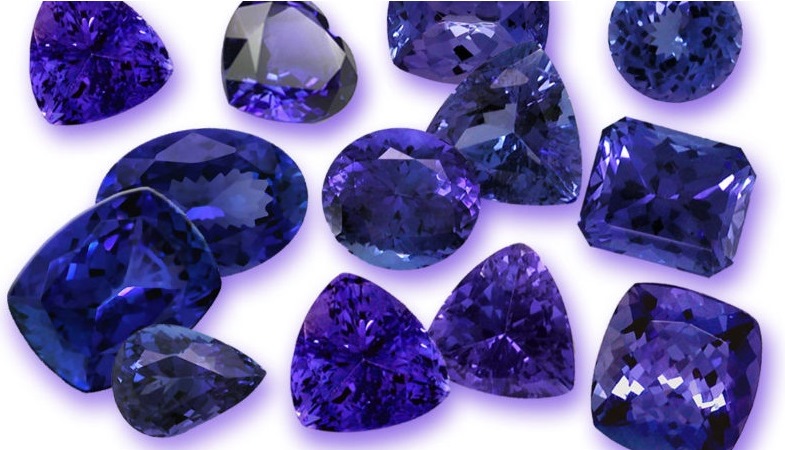
TIGER EYE
CHEMISTRY: SiO2
CRYSTALLOGRAPHY: Hexagonal, microcrystalline.
REFRACTIVE INDEX: 1.544 – 1.553
HARDNESS: 7
SPECIFIC GRAVITY: 2.651
This material is frequently stained by iron, giving it a golden brown color. We know this material as tigers eye. Part of the quartz family it has an optical property known as chatoyancy.
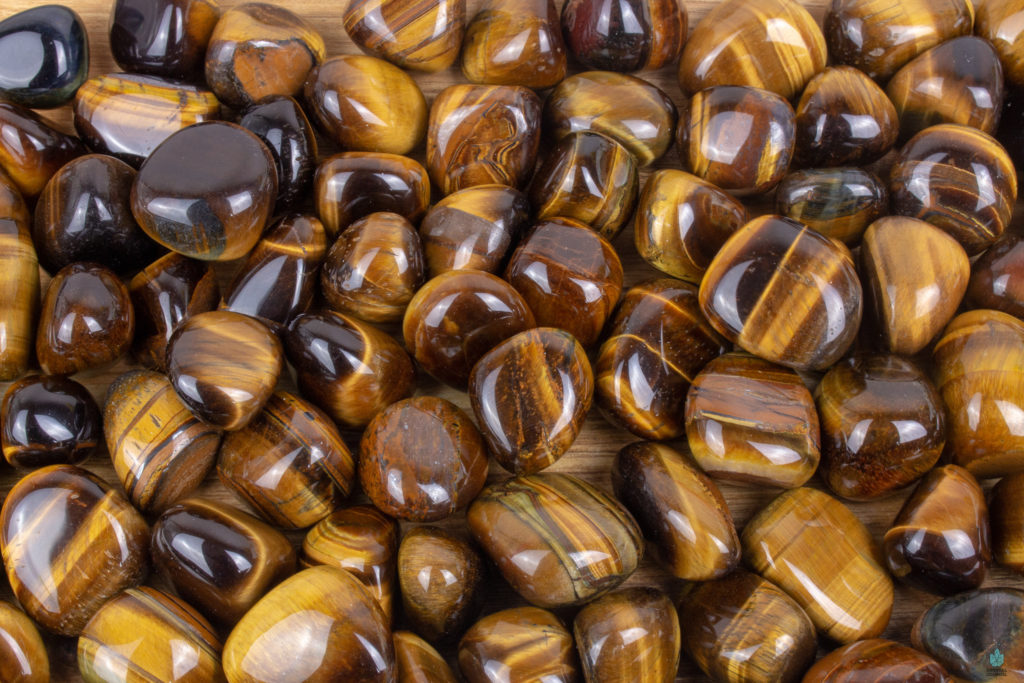
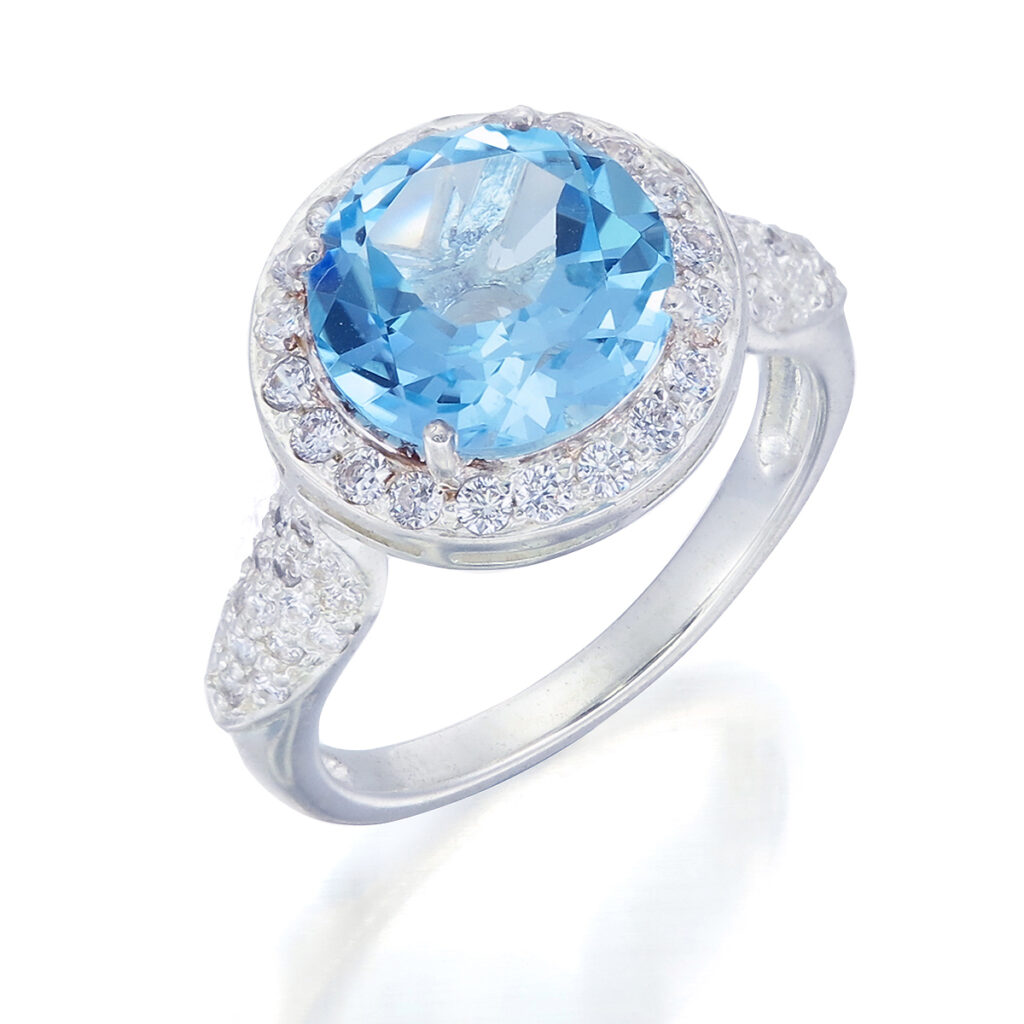
TOPAZ – BLUE TOPAZ
CHEMISTRY: Al2SiO4(F,OH)2 + Cr
CRYSTALLOGRAPHY: Orthorhombic
REFRACTIVE INDEX: 1.607 – 1.627
HARDNESS: 8
SPECIFIC GRAVITY: 3.53 – 3.56
Blue topaz begins “life” as colorless or very lightly tinted natural topaz crystals which are then irradiated to change the color to blue and heated to stabilize the change. Blue Topaz is supplied in three different colours SKY BLUE (light in colour), SWISS BLUE (a medium blue) and LONDON BLUE (darker in colour with some green tones) .

TOURMALINES
CHEMISTRY: (Ca,K,Na)(Al,Fe,Li,Mg,Mn)3(Al,Cr,Fe,V)6(BO3)Si6O18(OH,F)4
CRYSTALLOGRAPHY: Hexagonal
REFRACTIVE INDEX: 1.603 – 1.655
HARDNESS: 7 – 7.5
SPECIFIC GRAVITY: 2.84 – 3.10
Vivid reds, hot pinks, verdant greens and blues abound in this marvelous gem variety. Dark blue, blue-green, and green tourmalines are occasionally heated to lighten their color. Red tourmalines, also known as rubellites, and pink varieties are sometimes heated or irradiated to improve their colors. Heat and irradiation color enhancement of tourmalines is permanent.
TURQUOISE
CHEMISTRY: CuAl6(PO4)4(OH)8 . 5H20 + Fe
CRYSTALLOGRAPHY: Triclinic, although usually massive
REFRACTIVE INDEX: 1.590 – 1.650
HARDNESS: 5 to 6
SPECIFIC GRAVITY: 2.40 – 2.90
Turquoise is an opaque, light to dark blue or blue-green gem. The finest color is an intense blue. Turquoise may contain narrow veins of other materials either isolated or as a network. They are usually black, brown, or yellowish-brown in color. Known as the matrix, these veins of color are sometimes in the form of an intricate pattern, called a spider web.
Color ranges through shades of blue to blue-green, to yellowish green depending on the amount of copper, (adds blue,) chromium or vanadium, (adds green,) and iron, (adds yellow). There are rare specimens of blue-violet color which contain strontium impurities. In general, US mines produce slightly greenish blue, to green gems due to high iron and vanadium content. Most turquoise rough contains patches or veins of the host rock in which it formed, such as chalcedony or opal, brown limonite, black chert, or white kaolinite.
